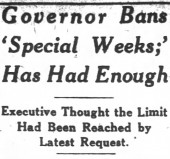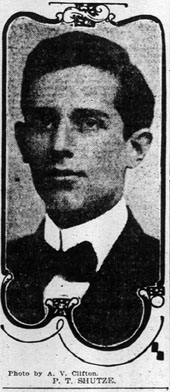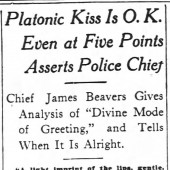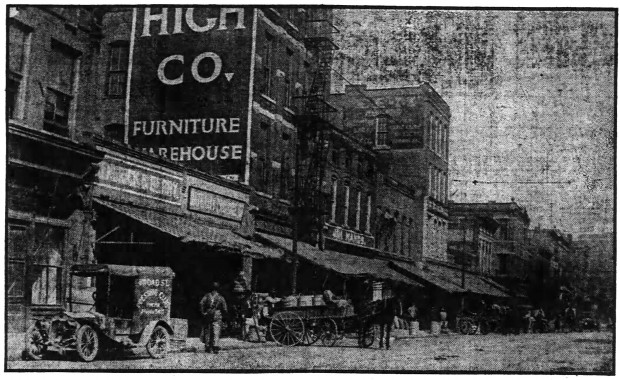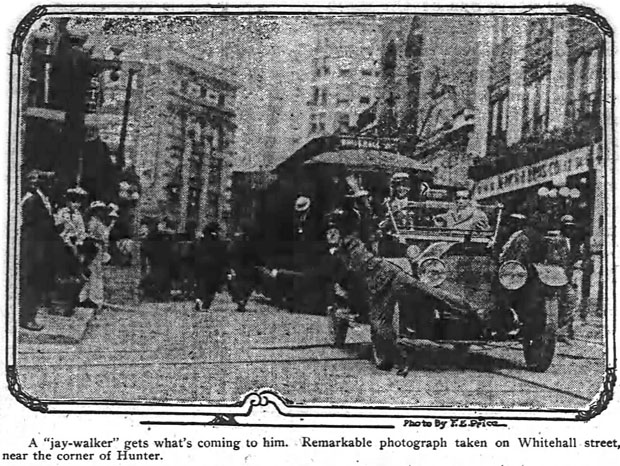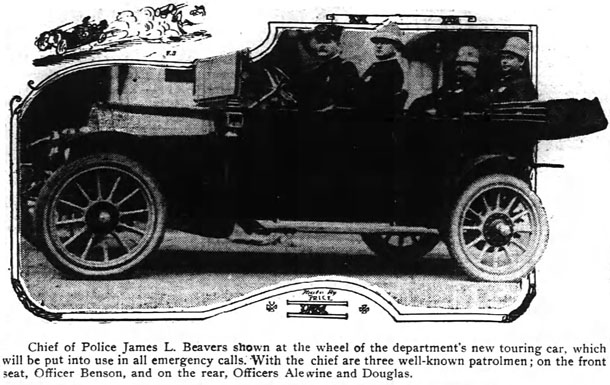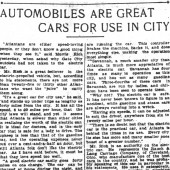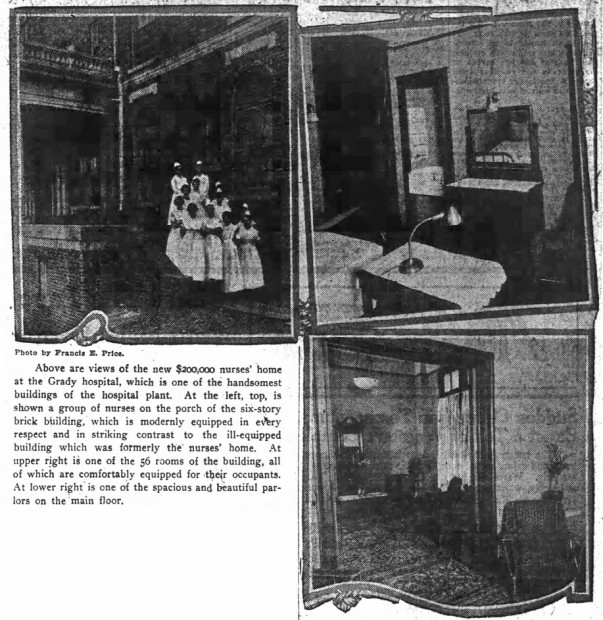
Photo by Francis E. Price
Did you ever go into a hovel and then visit a beautiful building of marble and luxurious furnishings?
If you did, then you know the force of the contrast that nurses of the Grady hospital feel in changing their abodes from the former ill-equipped and unlovely home to the splendid, new structure in which they have been living since last September, and which is now practically complete.
Located behind the main building, connected by corridors and built right against the hall of the little building, which the nurses formerly called “home,” the handsome brick structure that has cost more than $200,000 and rears its head six stories high, is a palace in comparison to the old.
Built of brick and concrete, with spacious parlors, recreation rooms, a big auditorium that may be used for dancing and entertainments, a beautiful dining room, a big, cool porch on every one of the six floors and many other features and comforts to the corps of nurses, the new nurses’ home is one of the greatest inducements to young women to take up nursing as a profession that could be provided.
Urgent Need for Nurses.
There is an urgent need for more nurses, officials state. The reputation of the old nurses’ home had spread far in medical and nursing circles, officials say, and proved to be one of the greatest drawbacks to a full staff at the Grady.
With a new home offering comfortable surroundings and every modern convenience, however, the nurses are answering to its attractiveness and are fast filling up the alarming gaps in the force of Grady workers.
The first floor of the new home is given over to a large parlor for student nurses, parlors for graduate nurses and officials, a big dining room and other recreation rooms.
The second, third, fourth, and fifth floors provide rooms for the nurses, there being 16 single rooms and 40 double rooms, each fitted to fill the needs of their inmates and to provide comforts that were totally unknown in the old home. On each of these floors also, there are shower baths and tubs, and an elevator in the center of the building makes walking up and down stairs unnecessary. On the top floor there are a library and demonstration room and class rooms. The home was made possible by generous donations by the heirs of the late Joseph Hirsch, who was chairman of trustees until his death, and has been in course of erection for a long time. Its value from a standpoint of nursing efficiency cannot be over-estimated, officials assert, and it also means much to Atlanta from a standpoint of civic progress.
Three Years’ Training.
The Grady Hospital Training School for Nurses is established to give three year’s training to women desirous of learning the art of caring for the sick.
Those wishing to obtain the course of instructions must apply personally or by letter to the superintendent of nurses and principal of the training school, who will furnish printed instructions respecting the personal information to be given by applicants. At least two years high school training is required, and letters of application should be accompanied by a statement from a clergyman, testifying to good moral character, and from a physician, certifying to the sound health and unimpaired faculties. Applicants must be between 18 and 35 years of age, of at least average height and physique, and must give satisfactory evidence of a general fitness of disposition and temperament for the work of nursing.
If approved, applicants are received into the school on probation. The terms of probation to extend over their first year.
At the termination of three months the applicant must be prepared for an examination in reading penmanship, simple arithmetic and English dictation. The examination is to test the applicant’s ability to read aloud, to write legibly and accurately, to understand mathematics as far as fractions and percentage and to take notes of lectures. Two years of high school are indispensable for a member of the school, but applicants are reminded that women of superior education, intelligence and cultivation will be preferred.
The course of instruction is given by visiting and resident physicians and surgeons, by the superintendent of nurses and head nurses. A regular course of lectures, recitations and demonstrations is given with examinations at stated periods.
$15 Monthly Allowance
An allowance of $15 monthly will be given to each pupil nurse during her three years. This is not to be considered as a salary, but to cover expenses of uniforms, textbooks, etc.
Having faithfully and satisfactorily filled the requirements of the school in all departments for the term of three years, and passed the required examinations, the pupils will receive the diploma of the training school.
The fact that only high-class candidates are admitted to training in the Grady school is evidenced by the fact that recommendations from two reputable citizens are necessary before entrance is allowed.
Officers of the Grady hospital nurses training school are:
Miss Lillian D. Nelson, R. N., superintendent training school; Miss Carrie Farr, R. N., head nurse in the men’s ward; Miss Laura K. Chapman, R. N., head nurse in operating room; Miss Margaret Cheshire, R. N., head nurse in women’s ward; Miss Bell Farr, R. N., head nurse in children’s ward; Miss Grace Owens, R. N., head nurse in maternity ward; Miss Louise Lowry, R. N., social service department; Miss Hester Henderson, R. N., night supervisor; Miss Thelma Sandifer, R. N., night head nurse; Miss Elizabeth Horne, R. N. instructress of nurses.
